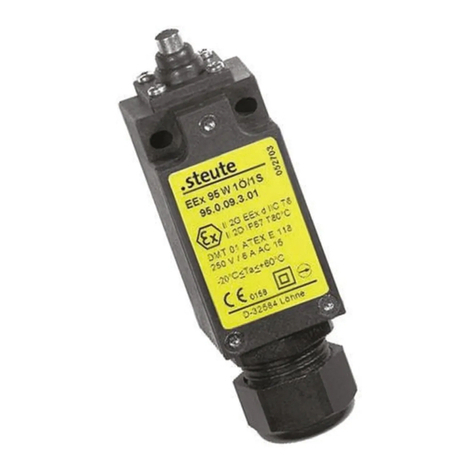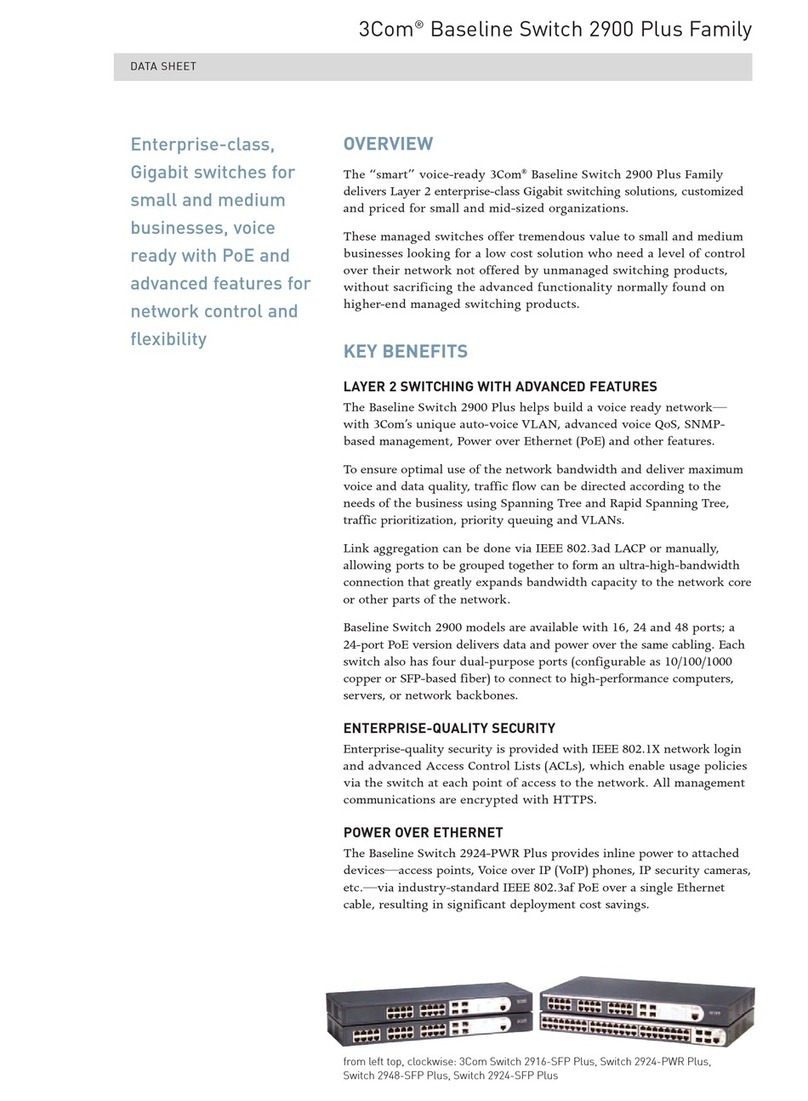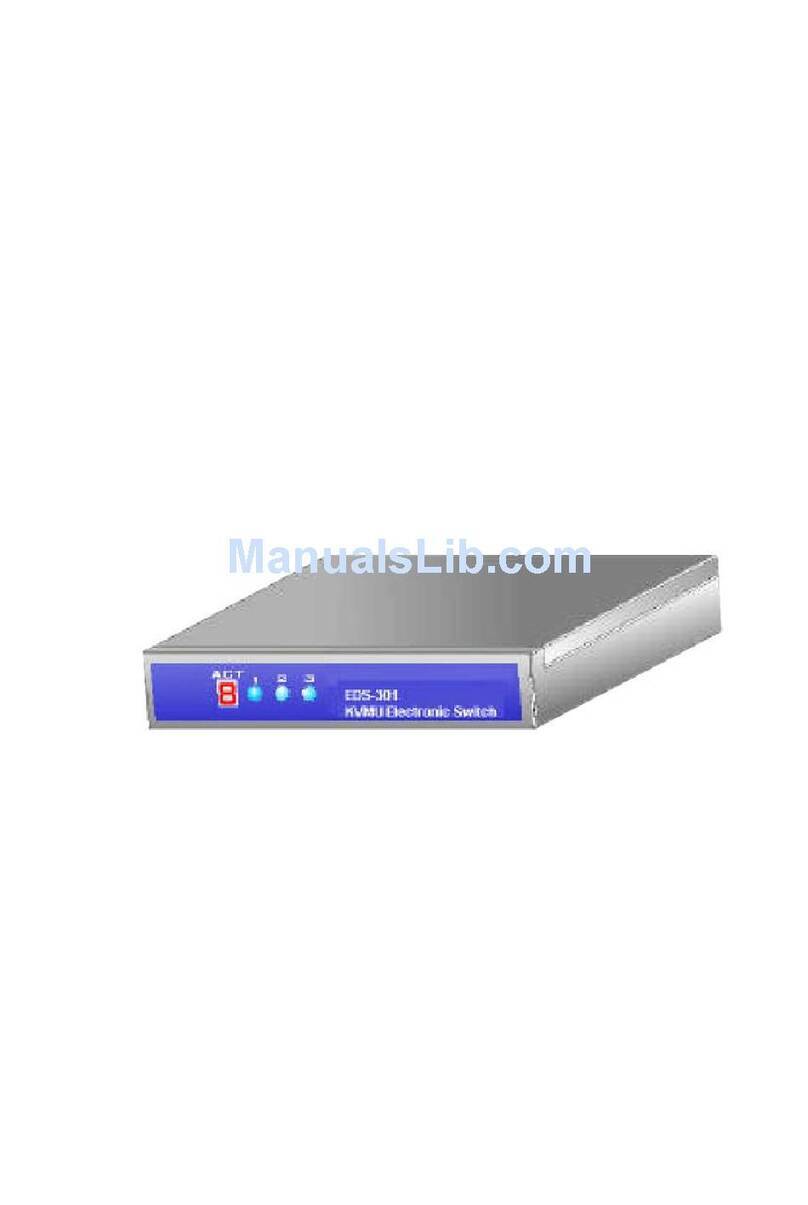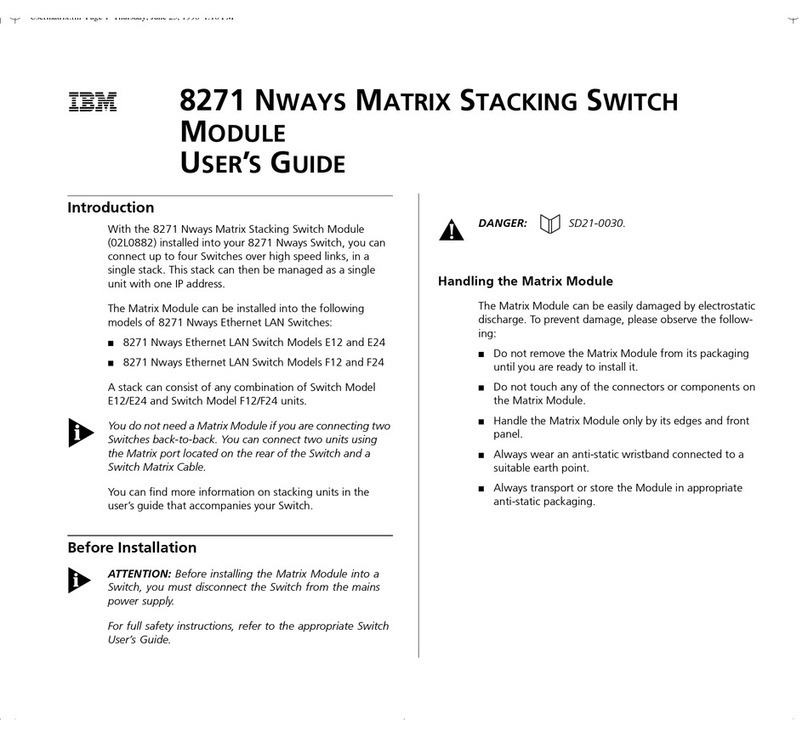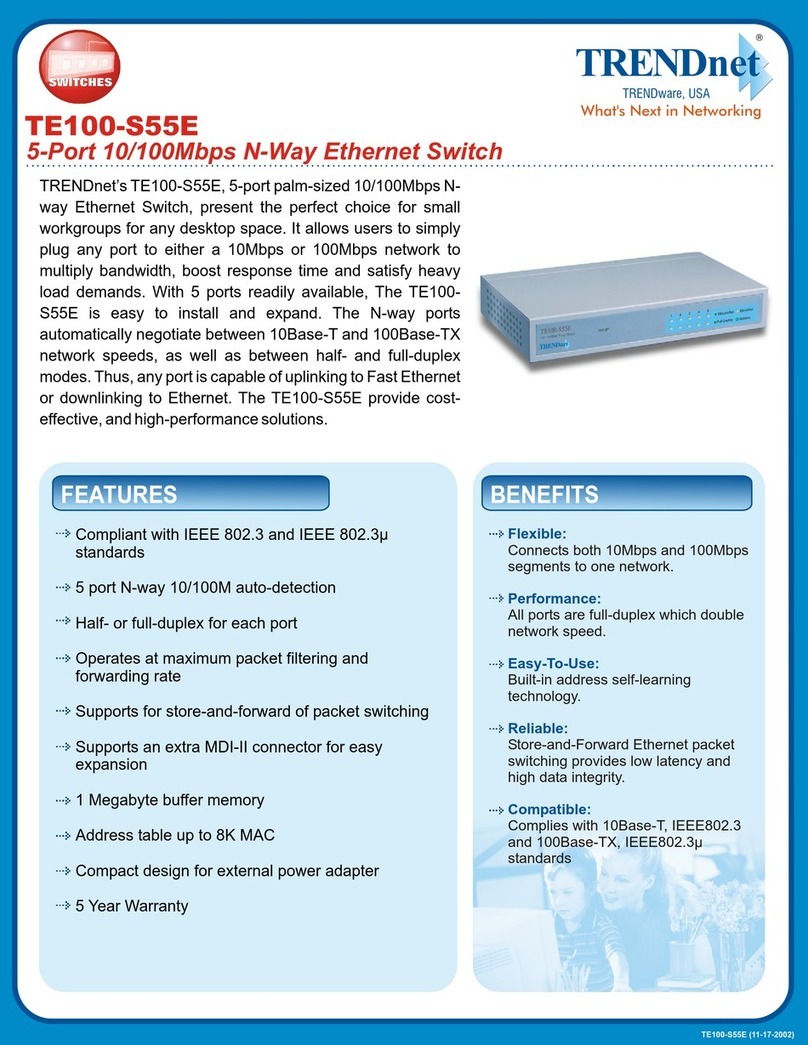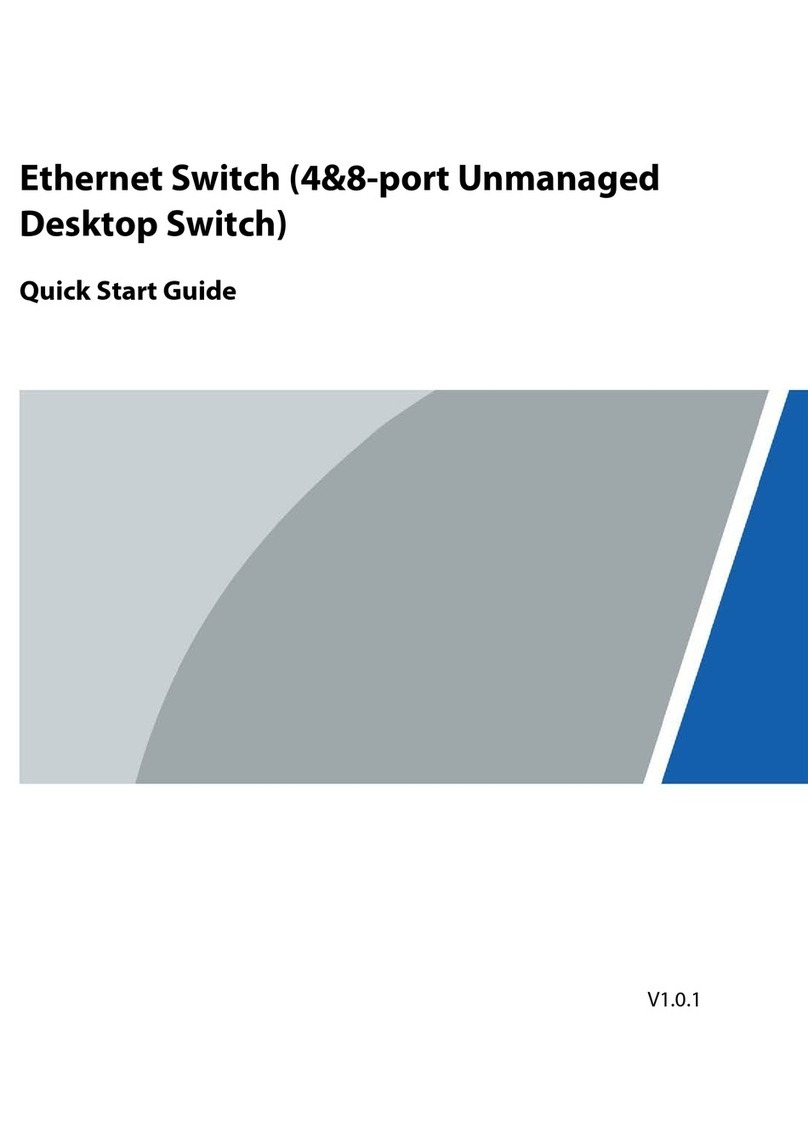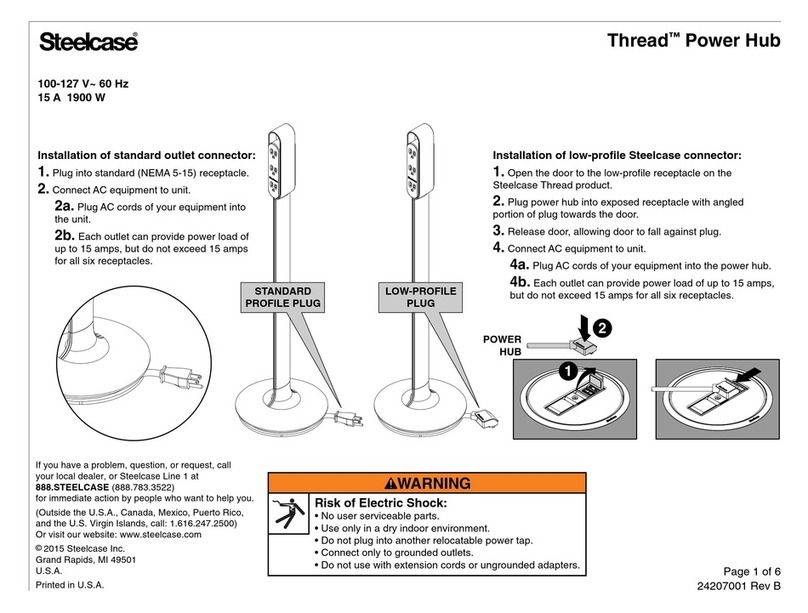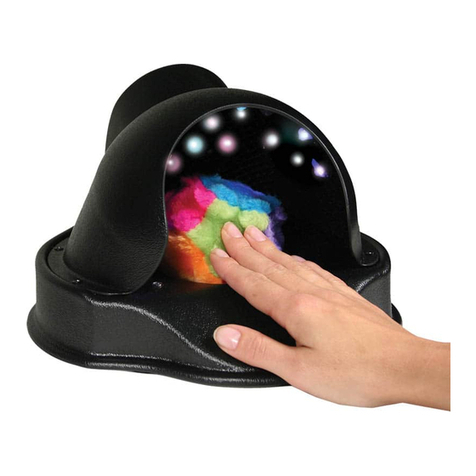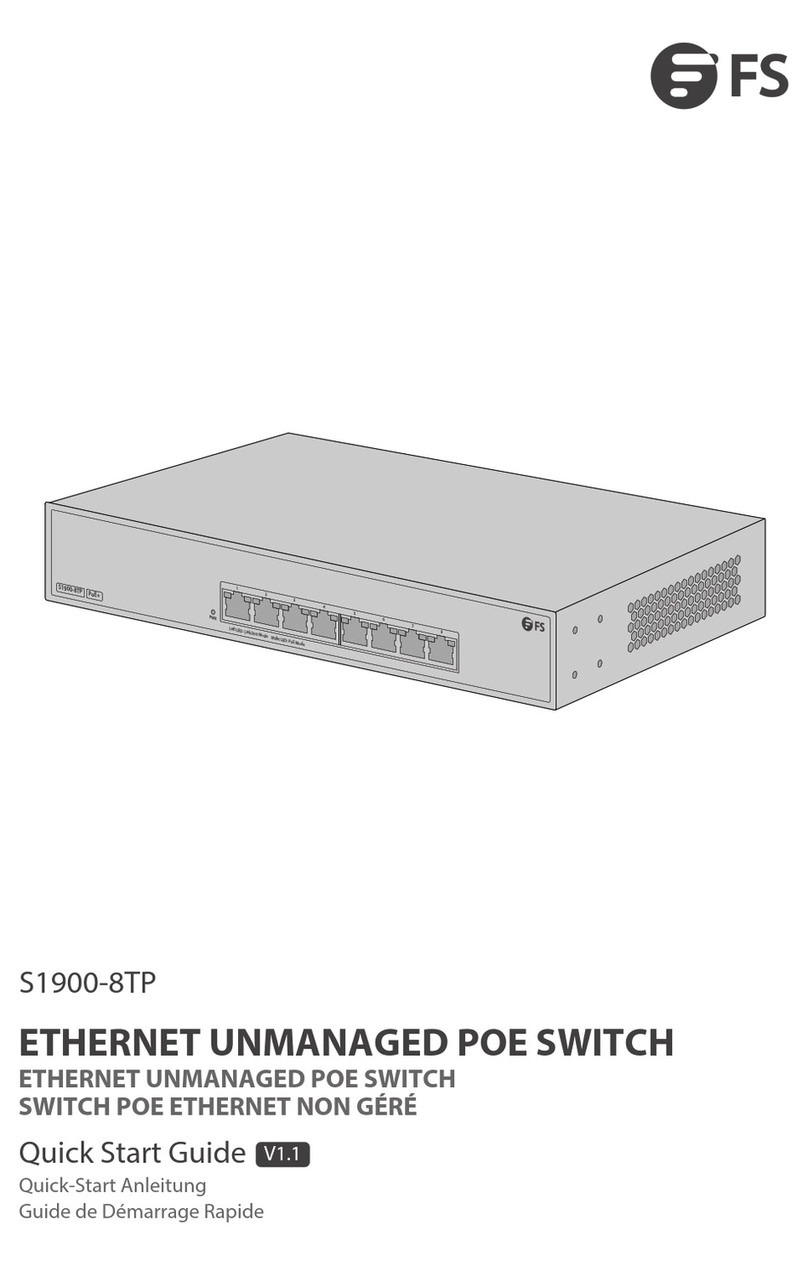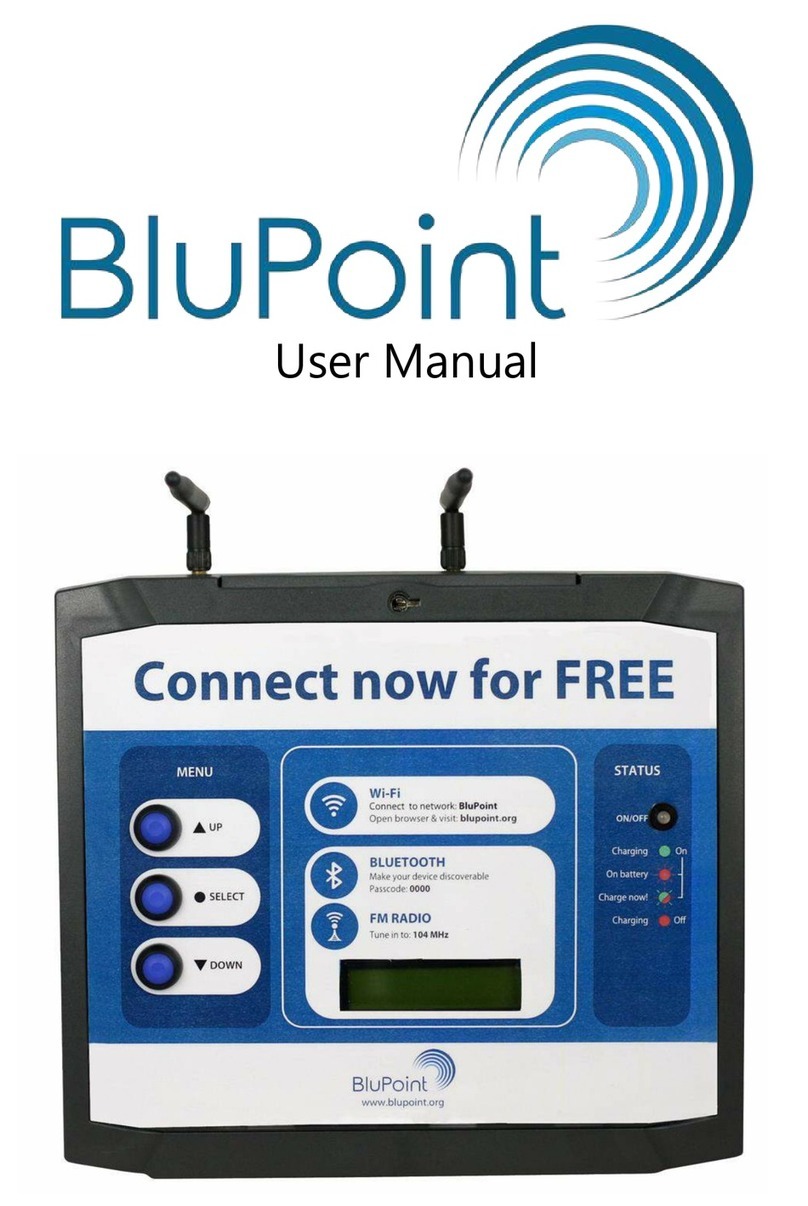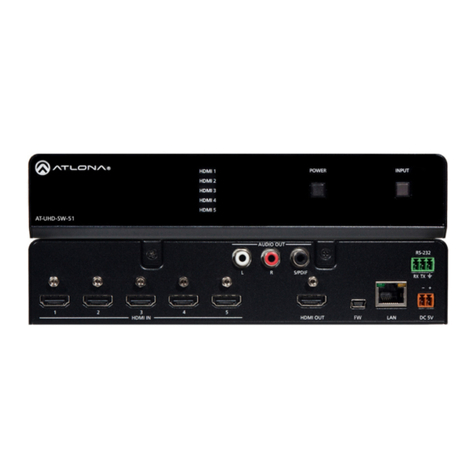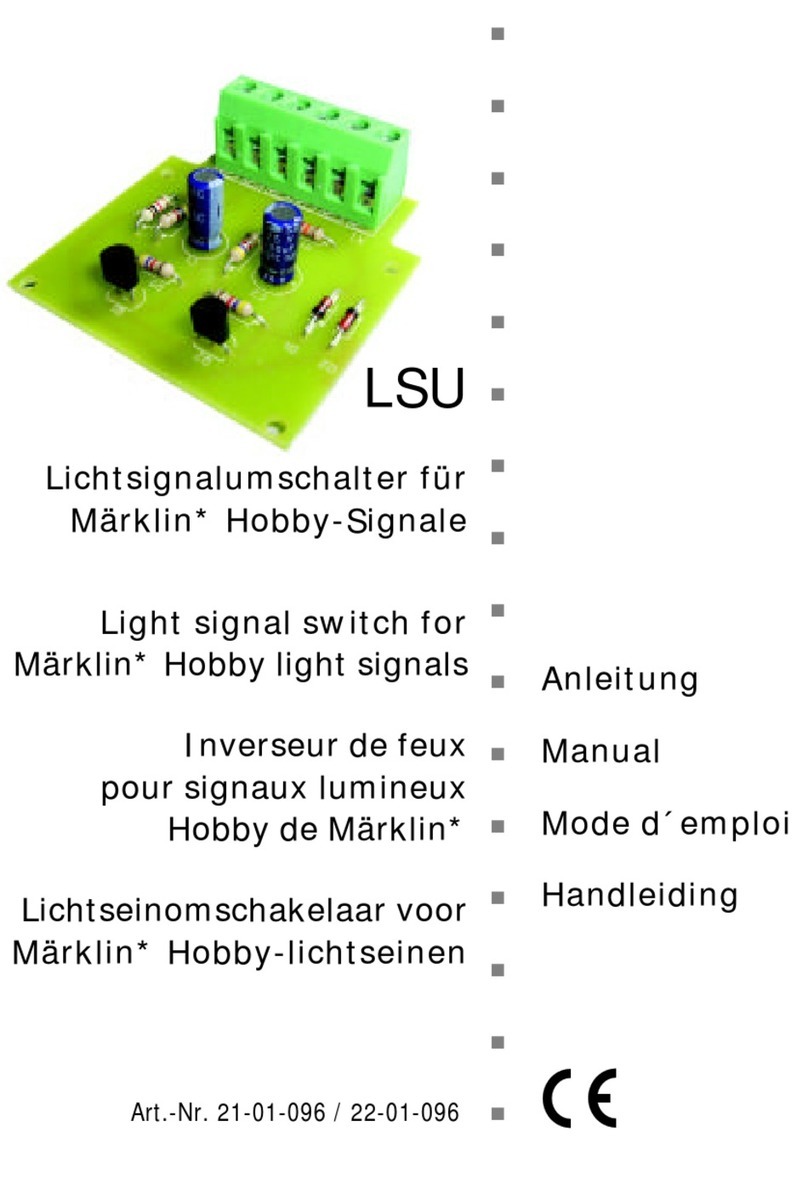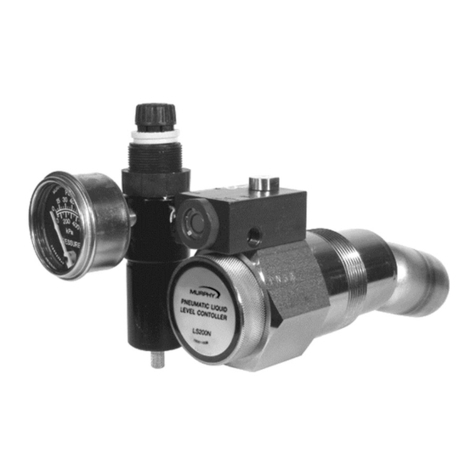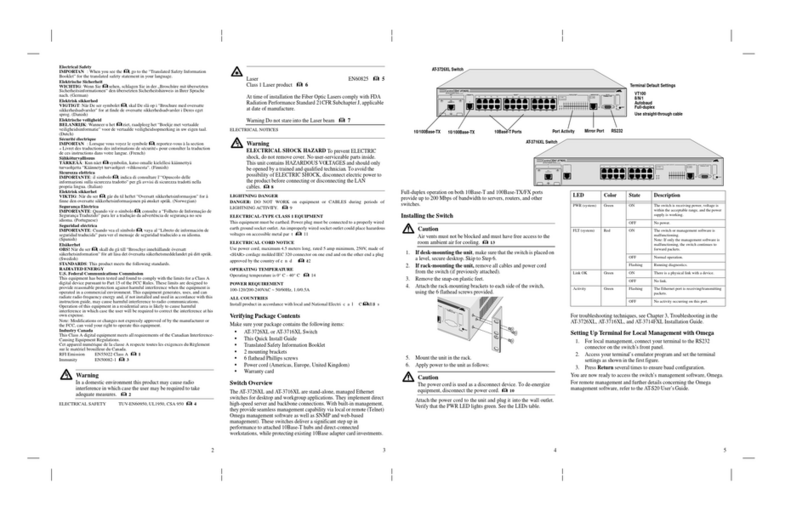Google Nest Hub User manual

Introducing Google Nest Hub
Google Nest Hub provides help at a glance in any room at home. With the Google Assistant
built-in, you’ll always get your best and latest shots from Google Photos. Plus, view and
control your connected devices from a single dashboard.
Simply use your voice to watch YouTube and play songs from YouTube Music on a crystal
clear speaker. And with Voice Match, get your personalized calendar, commute, answers
from Google, and more. Hub helps with the little moments so you can enjoy the big
moments.
The ultimate digital photo frame
With Google Photos, get your best and latest pictures of loved ones, automatically. Plus, use
your voice to show your photos.
Control your connected home
View and control compatible lights, cameras, TVs, and other devices from a single
dashboard. Works with Nest along with thousands of smart devices from popular brands.
Play videos and songs from YouTube
Watch YouTube, and play songs and music videos from YouTube Music, and listen to
Spotify and Pandora.

Get hands-free help from Google Assistant
Get your personalized schedule, commute, reminders, and more with Voice Match. Plus, get
visual answers from Google and watch helpful videos from YouTube.
Designed for any room at home
Google Nest Hub fits naturally in any room at home. With Ambient EQ, Hub adjusts to
match the colors and lighting in its environment, so photos on Hub seamlessly blend in with
your home decor.
Note: In the US and Canada, Google-supported calling is available for domestic calls only,
not including 911 calls and premium numbers.
Important: As of mid-December 2020, if you're in the UK, you're no longer able to make
Google-supported calls on your Google Nest speaker or display. You can still make audio or
video calls through Duo.
A. Set up your Google Nest or Home
speaker or display
The Google Home app will walk you through the steps to set up your Google Nest or Home
speaker or display.
Android User
1. What you need to get started
•A speaker or display.
•Latest version of the Google Home app.
•Latest version of the Google app.
•A Google Account.
•A mobile phone or tablet that:
oHas Android 8.0 or later.
oWorks with 2.4 GHz and 5 GHz Wi-Fi network (a WPA-2 Enterprise network won't
work).
oHas Bluetooth turned on.
•An Internet connection and secure wireless network.
•If you already use Duo for video calling, make sure that you use the same Google Account in
Duo and in the Google Home app.
2. Get started
1. Plug in your speaker or display.
oIf the device has been used before, factory reset your speaker or display before you
continue.
2. On your phone or tablet, open the Google Home app .

3. Tap the Add icon Set up device New device follow the in-app steps.
1. If the Set up devices button is not on the screen:
1. To set up your first device in the Home app, tap Get started Set up new
devices Create another home Next enter a home nickname
and address.
Note: You’ll need to enter a nickname, but you can choose not to enter your address.
2. To set up all other devices, at the top left, tap the Add icon Set
up device New device.
3. Follow the remaining steps.
4. You’ll be able to opt out of some settings, like Voice Match or personal results. You can
change these settings at any time after you complete setup.
iPhone & iPad
1. What you need to get started
•A speaker or display.
•Latest version of the Google Home app.
•Latest version of the Google Assistant app.
•A Google Account.
•A mobile phone or tablet that:
oHas iOS 14.0 or later.
oWorks with 2.4 GHz and 5 GHz Wi-Fi network (a WPA-2 Enterprise network
won't work).
oHas Bluetooth turned on.
•An internet connection and secure wireless network.
oNote:You may need to enter your Wi-Fi password during setup.
•If you already use Duo for video calling, make sure to use the same Google Account
in Duo and in the Google Home app.
2. Get started
1. Plug in your speaker or display.
oIf the device has been used before, factory reset your speaker or display before
you continue.
2. Open the Google Home app .
3. Tap the Add icon Set up device New device follow the in-app
steps.
a. If the Set up devices button is not on the screen:
•To set up your first device in the Home app, tap Get started Set up new
devices Create another home Next enter a home nickname and
address.

Note: You’ll need to enter a nickname, but you can choose not to enter your
address.
•To set up all other devices, at the top left, tap the Add icon Set
up device New device.
•Follow the remaining steps.
4. You’ll be able to opt out of some settings, like Voice match or Personal results. You
can change these settings at any time after you complete setup.
What to do next
•Explore what you can do on your speaker or display: Learn how to play podcasts,
make phone calls, control smart devices, and much more.
•Change your device settings: Change language, Personal results, accessibility, and
other device settings.
•Set up Voice Match.
•Change your Google Assistant settings: Set up your music, TV, and news services.
•Change your Google Account settings: Set up and customize Google Account
information and features.
•Listen to music on your speaker or display.
B. Plug in your Google Nest or Home
speaker or display
You can plug in your Google Nest or Home speaker or display by following these two steps:
1. Plug the power cable into your speaker or display.
2. Plug the power adapter into a wall outlet.
It's important to only use the power cable that came in the device's box. Once the device is
plugged in, set up your Google Nest or Home device.
Important: The device must be plugged into a wall outlet at all times to work. It doesn't have
a battery.
C. Control your Google Nest display
Your Google Nest display screen shows a wealth of information like notifications, weather
forecast, activities, and alarms. For most actions, you can control the screen with your hands
or your voice.
Use your screen
•Wake up your screen: Tap it or say "Hey Google."

•Go back to the previous screen: From the left edge of the screen, swipe right or say "Hey
Google, go back."
•Go to Home Control: From the top of the screen, swipe down.
•Start Photo frame: On the Home screen, swipe right.
•Turn off your screen: To make the screen dark, say "Hey Google," then "off" or "turn off."
•(US only) Show apps: While on the Photo frame screen, from the bottom of the screen, swipe
up to find apps for your display. To find all apps, tap See all. To close, from the top of the
screen, swipe down.
Use pages
Your screen can display pages with touch controls and important information about your day,
your linked devices, and more.
To open the page's Navigation menu, tap the display screen when it shows photos or when
it’s in Ambient mode.
•Tap the name of the page you want to open.
•Or, from the right edge of the screen, swipe left.
Available pages
•Your morning, your afternoon, or your evening: This page shows you your schedule, the
weather and more. The title and content of the page changes depending on the time of day.
•Wellness: Shows Sleep Sensing info about your last night’s sleep, weekly sleep trends,
suggested sleep schedules, and personalized coaching and tips. The “Wellness” page is
currently available only on Nest Hub (2nd gen).
•Home control: Use this page to control smart devices that are linked in the Google Home
app.
•Media: This page shows you music, videos, podcasts, news recommendations and your
ongoing media activities. You can control media from this page.
•Communicate: You can make voice and video calls, broadcast messages to other speakers
and displays in your home, and check your household contacts from this page.
•Discover: Discover relevant content and new features on this page.
Remove cards
To remove cards from your screen, press and hold a card. Note: You can dismiss some cards,
but not all of them.
If you dismiss cards for alarms, timers and local media playback sessions on your Nest
display, you end these activities. If you dismiss cards for remote playback sessions on other
speakers or smart displays, you don't end the playback session. When you’re ready, you can
end the playback session on the remote device, or you can retrieve the media controls through
the Media page. Or, on the Home control page, tap the “Speakers and TVs” card to control
media that plays on any device in your home.
Change your screen settings

Brightness
From the top of the screen, swipe down to open the Quick settings menu, then
tap Brightness . To adjust the brightness, swipe the slider left or right. To turn Ambient EQ
on or off, tap Brightness again.
Volume
From the top of the screen, swipe down to open the Quick settings menu, then tap Volume
. To adjust the media volume, swipe the slider left or right. To change alarm volume,
tap Expand , then swipe the alarm slider left or right. You can also adjust media volume
with voice commands such as "Hey Google, turn it up" or "Hey Google, turn it down."
Additionally, you can adjust the volume with the buttons on the back of your Nest display's
screen.
Silence incoming calls and notifications
From the top of the screen, swipe down to open the Quick settings menu, then tap Do Not
Disturb . You should find missed notifications on the home screen.
Note: Alarms and timers still work when Do Not Disturb is on.
Alarms
Set an alarm
From the top of the screen, swipe down to open the Quick settings menu, then tap
Alarms Set an Alarm select the time tap Set. You can customize your alarm to
make the alarm repeat, change the alarm tone, include a sunrise alarm, or play your morning
routine. When finished, tap Done.
Set alarm defaults
From the top of the screen, swipe down to open the Quick settings menu, then tap
Alarms Settings .
Adjust alarm volume
Swipe up, then tap Volume Expand adjust the volume of your alarm.
Set and manage alarms
D. Turn Motion Sense on or off

On Nest Hub (2nd gen), you can turn Motion Sense on or off to start or stop detecting
movement. Note: Motion Sense needs to be on to perform Quick Gestures and Sleep Sensing.
1. From the bottom of your Nest Hub (2nd gen) display, swipe up.
2. Tap Settings Motion Sense .
E. Turn Sleep Sensing on or off
On Nest Hub (2nd gen) displays, you can quickly pause and unpause Sleep Sensing. This will
prevent Sleep Sensing from activating when you are in your sleep spot. Sleep Sensing must
be set up and calibrated to pause Sleep Sensing on your display.
1. From the bottom of your display, swipe up.
2. Tap Sleep Sensing . Tap again to turn it back on.
If instead, you’d like to deactivate Sleep Sensing, learn how to change Sleep Sensing settings.
F. Factory reset Google Nest or Home
speakers or displays
A factory reset will reset your Google Nest or Home speaker or display to its default factory settings.
Note: This action will clear your data from the device and can't be undone.
On the back of Nest Hub, press and hold both volume buttons together for about 10 seconds.
Your Nest Hub will let you know that it's resetting.
Note: You can't use your voice or the Google Home app to factory reset Nest Hub.

G. Connect Google Nest devices to a new
Wi-Fi network
If you’ve changed your Wi-Fi network’s name or password, or recently replaced your Wi-Fi
router, you’ll need to connect your Google Nest device to your new Wi-Fi network. You
might also need to factory reset your device and set it up again to be able to reconnect it.
Choose your Google Nest device to find articles that can help you.
Speakers and displays
For the following Google speakers and displays:
•Google Nest Hub Max
•Google Nest Hub
•Google Nest Audio
•Google Home Max
•Google Nest Mini (2nd gen)
•Google Home Mini (1st gen)
•Google Home
Note: If your Google speaker or display is not currently connected to a Wi-Fi network, you
can set it up in the Google Home app without factory resetting it.
If your display is not connected to Wi-Fi, follow the steps in the following article to set up
your Google Nest or Home device on a new network.
If you're still having trouble, you might need to factory reset your display, then set it up
again.
•Factory reset your Nest Hub Max
Table of contents

